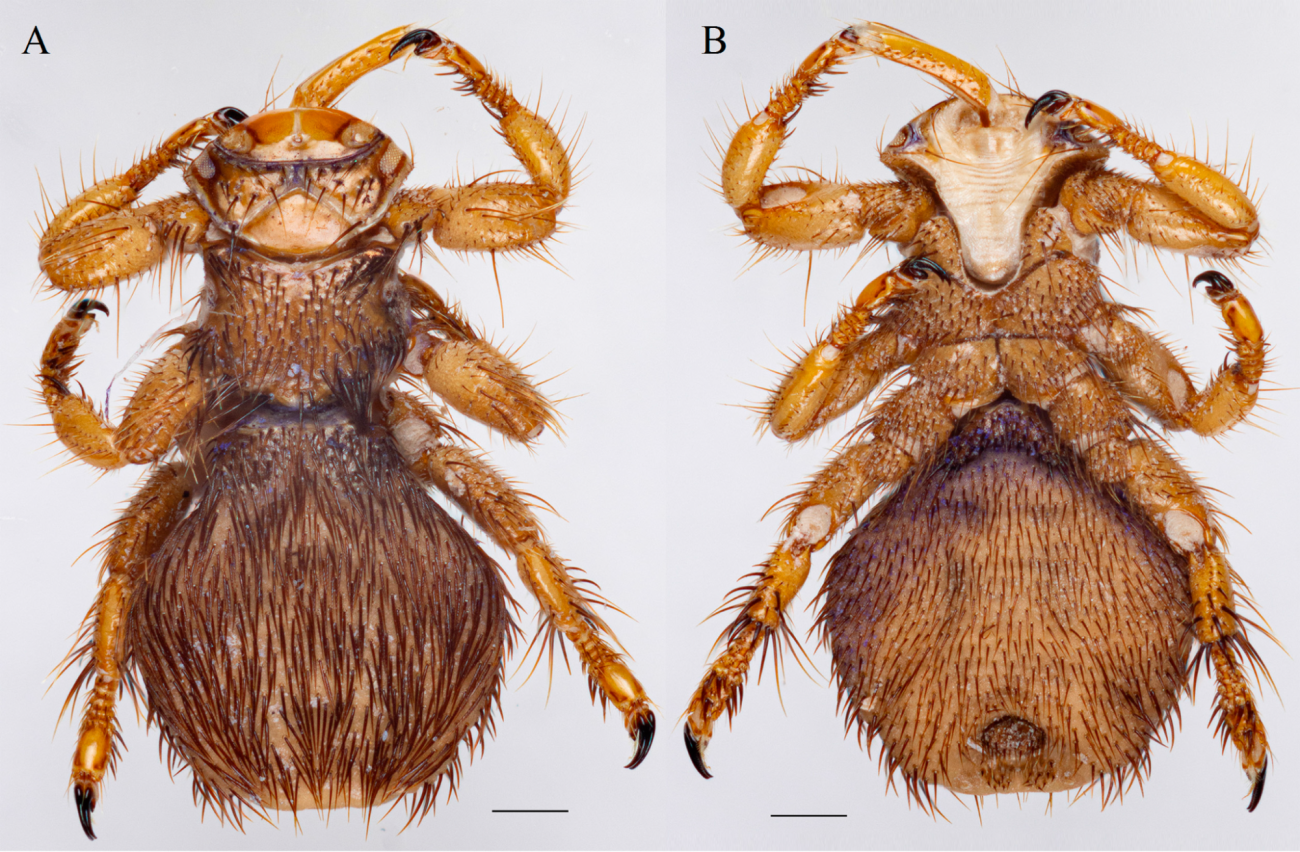
The Hippoboscidae family of blood-sucking flies is a group of specialized blood-sucking ectoparasites that spend all or most of their lives in the fur or feathers of their hosts—mammals and birds. Both sexes feed on blood. For over a century, these flies have been studied as vectors of animal pathogens.
The Hippoboscidae family currently includes approximately 220 species. One of the most studied groups of blood-sucking flies is the genus Melophagus. According to various authors, it includes between three and eight species. Their primary hosts are various types of sheep. Members of this genus are believed to have originally been Palearctic species, but have become widespread in Europe, Asia, North America, and South Africa thanks to the breeding of domestic sheep.
A new species for this genus — Melophagus storozhenkoi Matyukhin, Yatsuk & Nartshuk, 2025 — was described by researchers at the A.N. Severtsov Institute of Ecology and Evolution, Russian Academy of Sciences (IEE RAS).
"The parasite was collected from a Marco Polo sheep (Ovis ammon polii) in the area of Lake Zorkul (Gorno-Badakhshan Autonomous Region, Tajikistan). Melophagus storozhenkoi differs from all known species of the genus in the number of setae on the scutellum, scutellum morphology, coloration, thickness and length of the ventral setae, and body coloration," explained Alexandra Yatsuk, PhD, a researcher at IEE RAS.
An updated key to all species of the genus Melophagus, including the new one, is provided.
The work was published in the journal Zootaxa: A.A. Yatsuk, A.V. Matyukhin, E.P. Nartshuk 2025. A new species of the genus Melophagus Latreille, 1802 (Diptera, Hippoboscidae) from the Eastern Pamir. Zootaxa 5715 (1): 519–523.
Related materials:
Science. Mail: "Scientists discover new species of bloodsucker fly from the Eastern Pamirs"
